Christmas sale upto 10% off
Maximizing Efficiency: How to Organize Your Tool Collection
As a passionate DIYer or professional craftsman, you know the importance of having a well-organized tool collection. A cluttered workshop can not only be frustrating to navigate, but it can also lead to decreased productivity, wasted time, and even safety hazards. In this comprehensive blog post, we'll explore the strategies and techniques you can use to maximize the efficiency of your tool collection, ensuring that your workspace is a model of organization and productivity.
Assessing Your Tool Collection
The first step in organizing your tool collection is to take a thorough inventory. Gather all your tools, both large and small, and carefully assess what you have. This process will help you identify frequently used items, as well as those that may have been forgotten or rarely used. Make note of the types of tools you own, their condition, and any specific storage needs they may have.
Identifying Frequently Used Items
Once you have a complete inventory, it's time to identify the tools you use most often. These are the items that should be easily accessible and within reach, as they will be the foundation of your organizational system. Categorize your tools based on their frequency of use, ensuring that the most essential items are always at your fingertips.
Determining Storage Needs
With your inventory and usage patterns in mind, you can now determine the storage solutions that will best suit your workshop. Consider the size, weight, and fragility of your tools, as well as the available space in your workspace. This will help you choose the right storage options, whether it's toolboxes, pegboards, or custom-built shelving.
Categorizing Your Tools
Organizing your tools into logical categories can greatly improve the efficiency of your workspace. There are several ways to approach this task, and you may find that a combination of methods works best for your needs.
By Function
One effective way to categorize your tools is by their primary function. Group together items like hammers, screwdrivers, pliers, and saws, making it easier to locate the right tool for the job at hand.
By Frequency of Use
As mentioned earlier, separating your tools based on how often you use them can be a game-changer. Keep your most frequently used items within easy reach, while storing less-used tools in more accessible but less prominent locations.
By Size
Organizing your tools by size can also be a practical approach. Group together small, medium, and large tools, making it simpler to find the right-sized item for the task at hand.
Choosing the Right Storage Solutions
With your tools categorized, it's time to select the storage solutions that will best suit your needs. From traditional toolboxes and chests to innovative wall organizers and mobile tool carts, there are a variety of options to consider.
Toolboxes and Chests
Toolboxes and chests are classic storage solutions that offer portability and customizable compartments. Look for models with removable trays, drawers, and dividers to keep your tools neatly organized.
Pegboards and Wall Organizers
Pegboards and wall-mounted organizers are excellent choices for maximizing vertical space in your workshop. These systems allow you to hang tools and accessories within easy reach, while also providing a visually appealing display.
Drawer Organizers and Dividers
For smaller tools and hardware, drawer organizers and dividers can be invaluable. These solutions help you create a structured, compartmentalized storage system within your existing drawers or cabinets.
Mobile Tool Carts
Mobile tool carts are a versatile option, allowing you to bring your most frequently used tools with you as you move around your workspace. These carts often feature multiple drawers and shelves for efficient organization.
Implementing Organizational Systems
Once you've chosen your storage solutions, it's time to implement organizational systems that will keep your tools in their designated places and make them easy to find.
Color-Coding
Assign specific colors to different tool categories, using color-coded labels, bins, or even tool handles. This visual cue can greatly simplify the process of locating and returning tools to their proper storage areas.
Labeling
Clearly labeling your storage compartments, drawers, and shelves can eliminate guesswork and ensure that every tool has a designated home. Consider using both text and visual cues, such as silhouettes or icons, to make the system intuitive and user-friendly.
Tool Shadowing
Creating "tool shadows" on your pegboards or workbenches can help you quickly identify when a tool is missing. Outline the shape of each tool on the surface, making it easy to spot any gaps in your collection.
Maximizing Workshop Space
In addition to efficient tool storage, optimizing the layout and organization of your workshop can further enhance your productivity and workflow.
Vertical Storage Options
Maximize your available floor space by utilizing vertical storage solutions, such as wall-mounted shelves, racks, or even ceiling-mounted storage systems. This approach allows you to keep frequently used tools within easy reach while freeing up valuable floor space.
Overhead Storage Solutions
Utilize the space above your workbenches or along the ceiling to store larger, less-used tools and supplies. Overhead storage solutions, like suspended racks or shelves, can help you keep your primary work area clear and uncluttered.
Workbench Organization
Organize your workbench to ensure that the tools and materials you use most often are within easy reach. Consider incorporating tool holders, drawers, or even a pegboard system directly into your workbench design.
Maintaining Your Organized Tool Collection
Keeping your tool collection organized is an ongoing process, but the benefits are well worth the effort. Establish routines and habits to ensure that your organizational systems remain effective over time.
Regular Cleaning and Maintenance
Regularly clean and maintain your tools to prevent rust, damage, and general wear and tear. This not only extends the lifespan of your tools but also helps maintain the overall organization of your workshop.
Periodic Reorganization
As your tool collection evolves and your needs change, be prepared to periodically reorganize your storage solutions. This may involve adding new categories, adjusting the frequency-of-use designations, or even investing in additional storage options.
Updating Inventory
Maintain an accurate and up-to-date inventory of your tool collection. This will help you identify any missing or damaged items, as well as inform your future purchasing decisions.
Digital Tool Management
In the digital age, there are numerous tools and technologies that can further enhance the organization and management of your workshop.
Inventory Apps and Software
Utilize inventory management apps or software to digitally track your tool collection. These solutions often include features like barcode scanning, location tracking, and maintenance reminders.
QR Code Systems for Easy Tracking
Assign unique QR codes to your tools and create a digital system for tracking their locations and usage. This can be particularly helpful for larger or more valuable tool collections.
Safety Considerations in Tool Organization
Maintaining a safe and organized workshop is of paramount importance. As you implement your organizational systems, be mindful of the following safety considerations.
Proper Storage of Hazardous Tools
Ensure that any hazardous tools, such as power saws or grinders, are stored in a secure and well-marked location, away from the reach of children or untrained individuals.
Ergonomic Placement for Frequently Used Items
Position your most frequently used tools in a way that minimizes strain and promotes proper ergonomics. This can help prevent injuries and improve your overall comfort and efficiency while working.
Conclusion
Organizing your tool collection is an investment in both time and effort, but the benefits are undeniable. By implementing the strategies and techniques outlined in this blog post, you'll be well on your way to maximizing the efficiency of your workshop, saving time, and ensuring the longevity of your valuable tools. Remember, an organized workspace is a productive workspace, so take the time to create a system that works for you and your unique needs. Happy organizing!

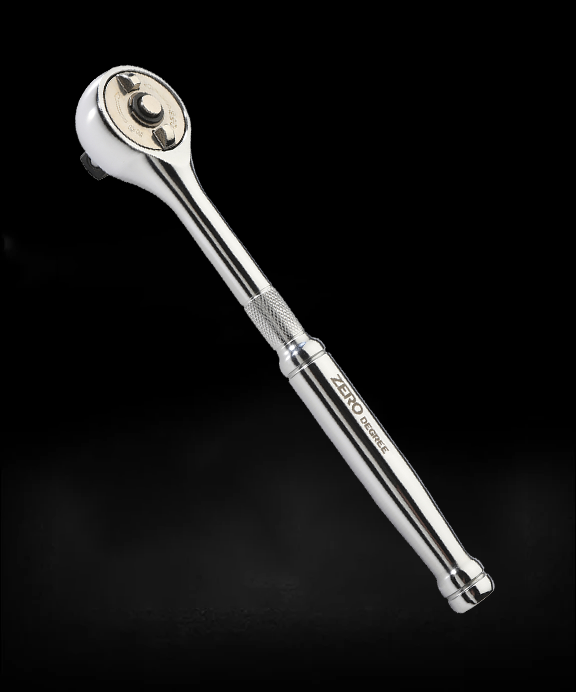
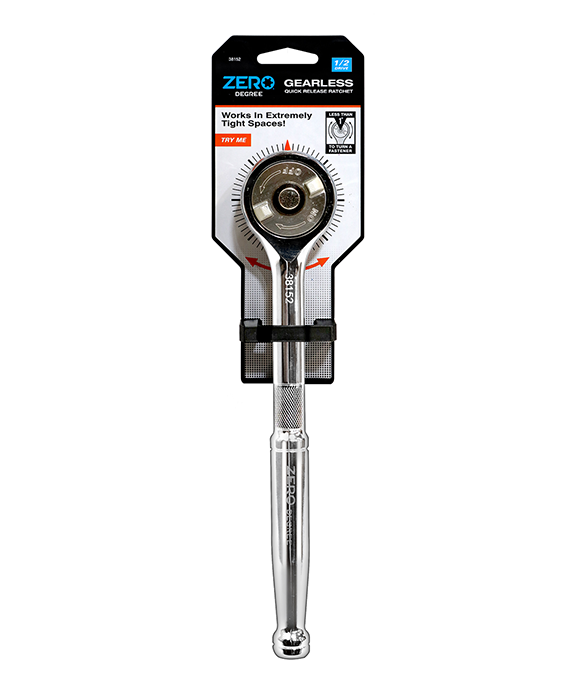
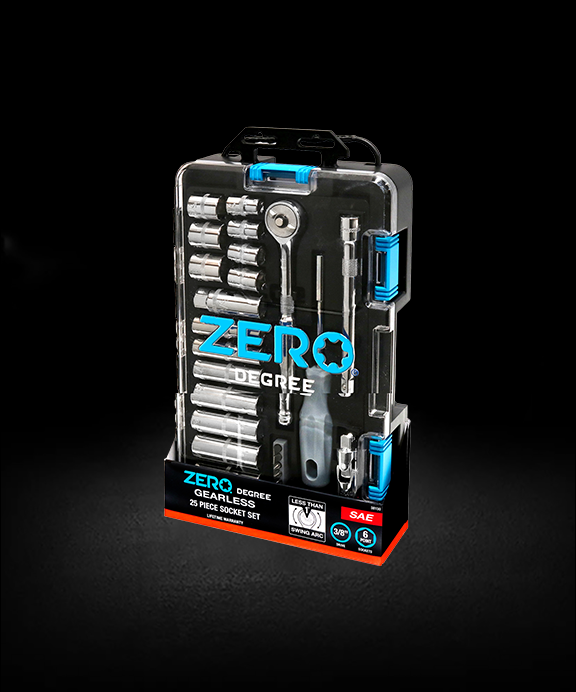
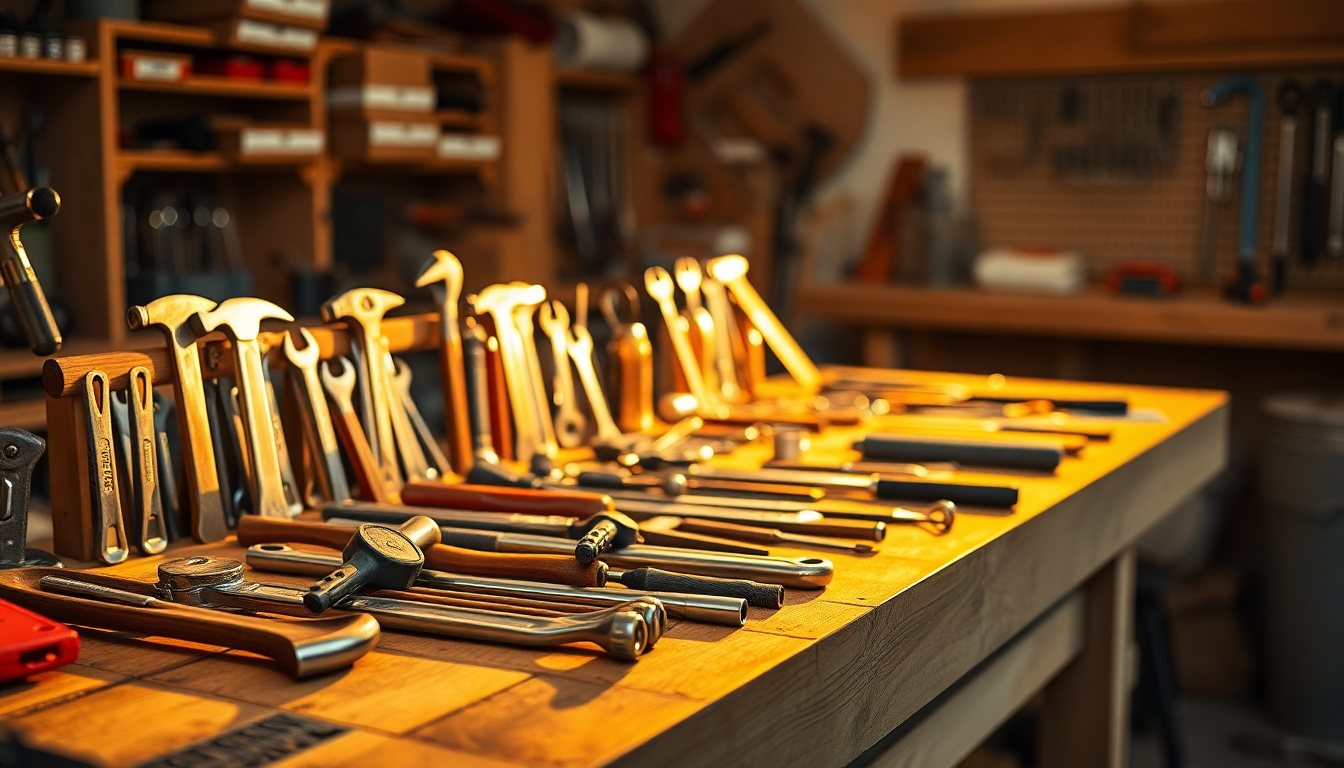
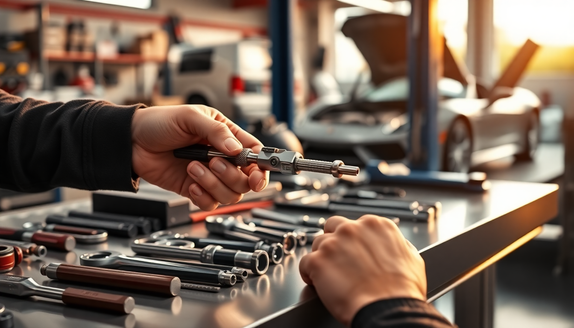
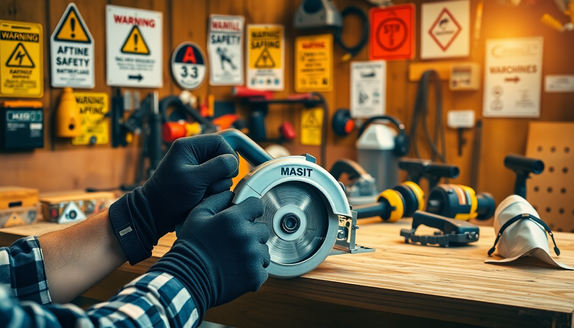
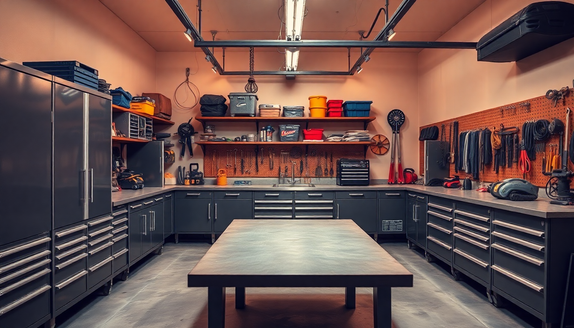
Leave a comment